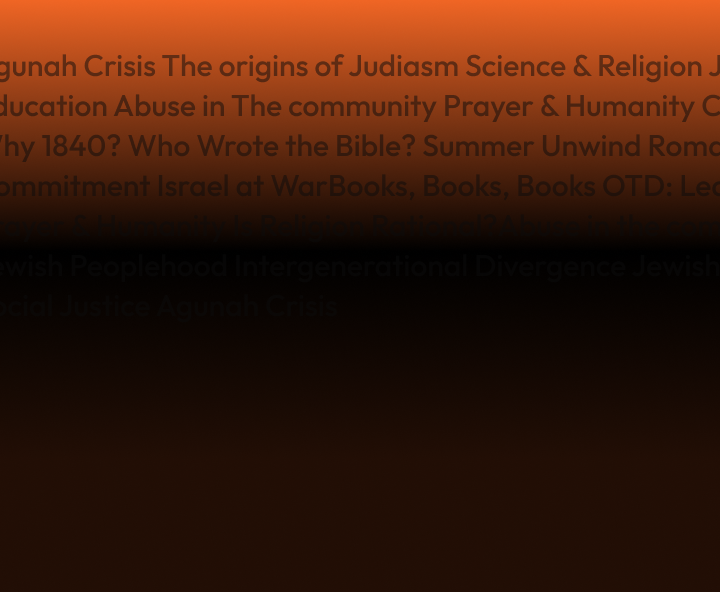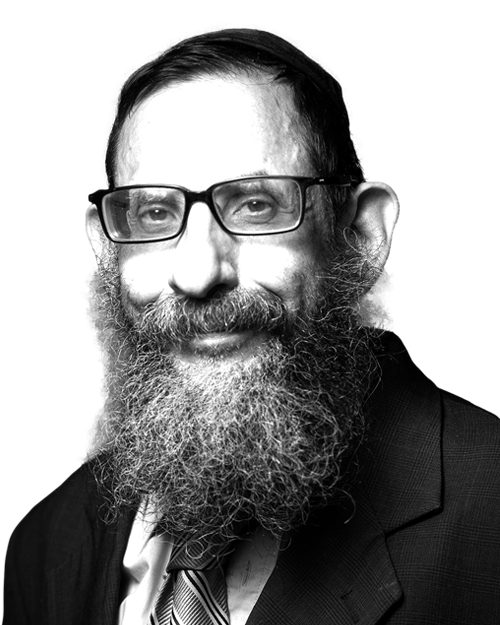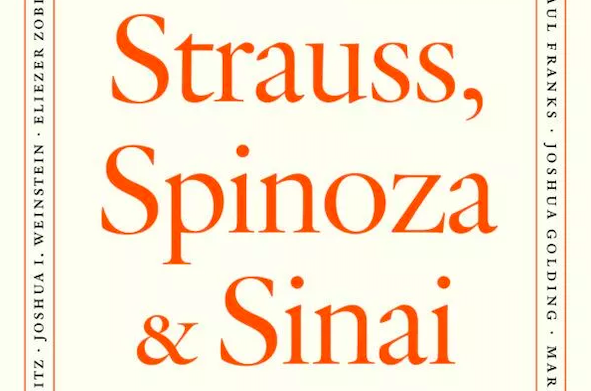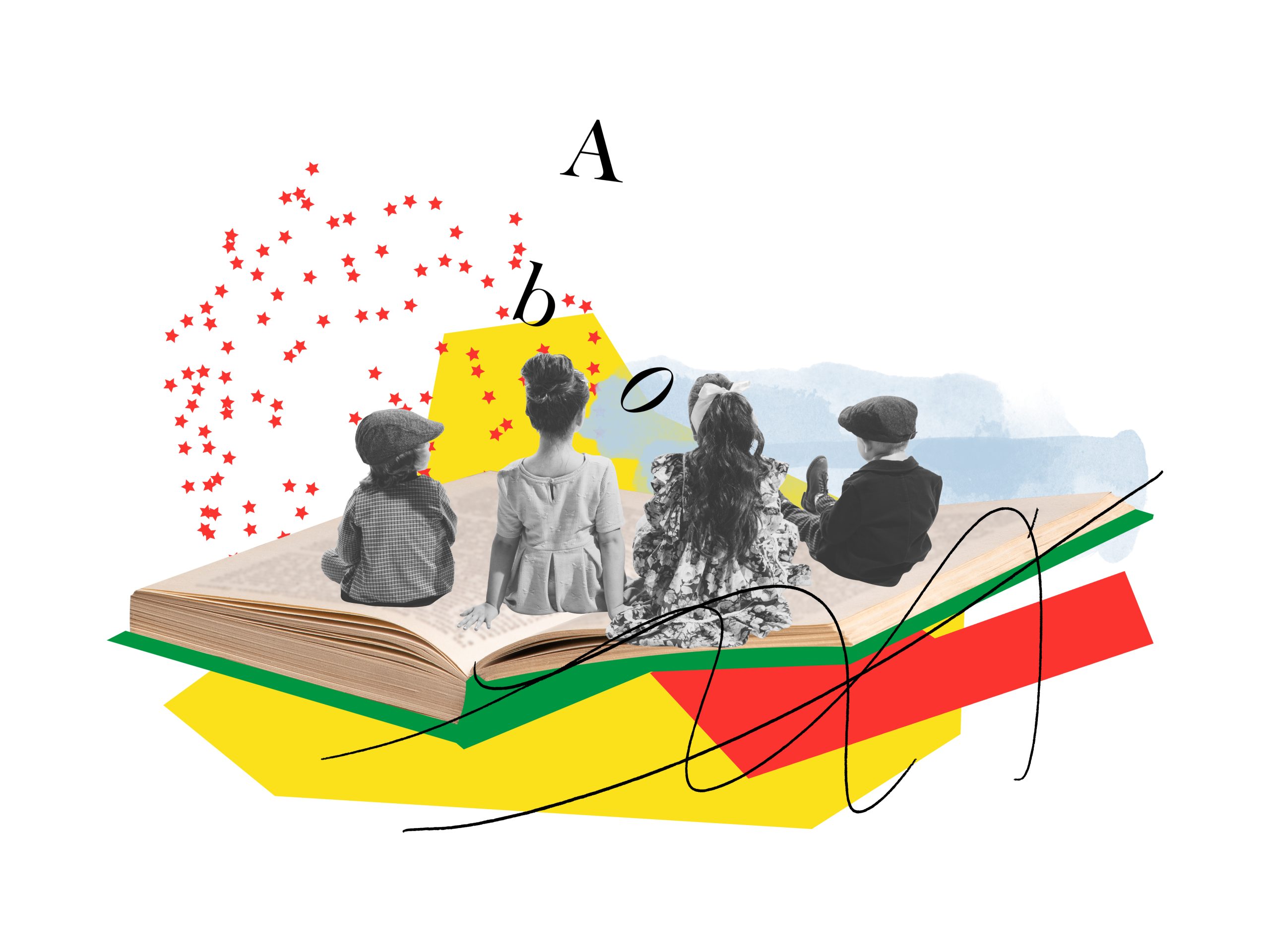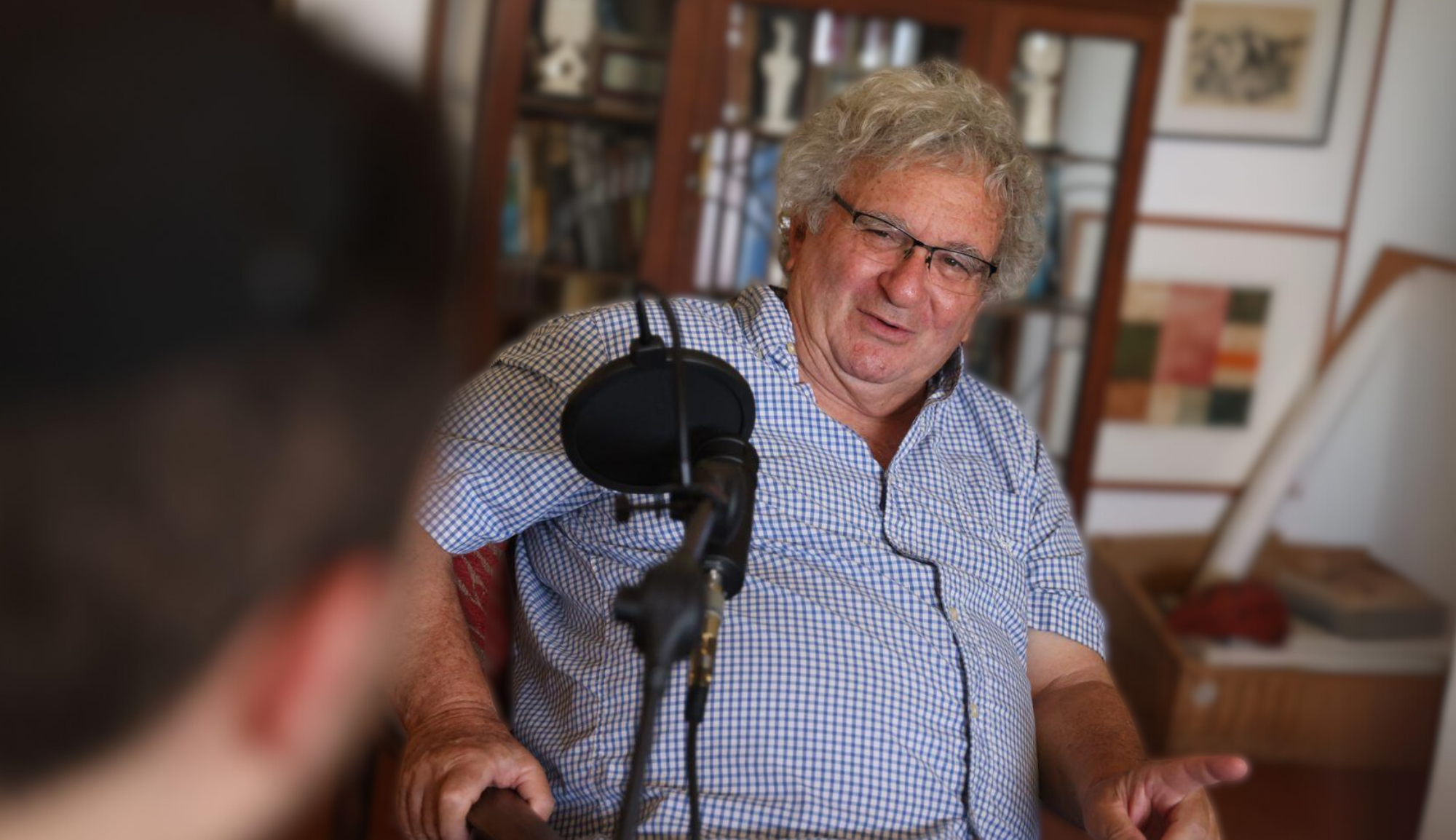Rabbi Shalom Carmy is many things to many people. As a professor of philosophy and Jewish thought at Yeshiva University, R. Carmy has provoked thought and debate among students for decades. As a writer of Jewish perspectives on culture for First Things, R. Carmy offers a look into contemporary culture informed by his deep reads of philosophers, Jewish and otherwise. As the editor emeritus of Tradition, R. Carmy stewarded a generation of deep thinking and engagement in the Modern Orthodox community.
R. Carmy’s writing is marked by a characteristic thoughtfulness and idiosyncratic wit, and is always spotted with colorful interjections by thinkers from different domains. We chose five of our favorite essays from R. Carmy’s vast library of writing, for those lifelong students new and old who are looking to drink from these waters. Start off with R. Carmy’s recent “Food for Two Meals,” at First Things, in a moving reflection on religious doubt and struggle. Next up, check out some of our favorite writings from this august thinker. We included a snapshot of his words, so pick your favorite and get reading.
1. Lost Cause: A Conclusion in which Nothing is Concluded
In R. Carmy’s closing piece from his time as editor at Tradition, he reflects on the model of the thinker-scholar of Torah, and where such figures are in the Modern Orthodox community. He closes with these moving words:
My editorial involvement in Tradition began before I joined the Board in 1979. Several years earlier the Rav invited me to assist him in preparing some of his writings for publication. The first installment was the special edition of five Tradition articles that appeared in 1978. This series included the Rav’s eulogy of the Talner Rebbitzen, in which he depicted the dual aspect of our religious tradition, the essential role of the Jewish father and the Jewish mother. A few months later the Rav handed me a letter he had received. His correspondent had read the article carefully and appreciatively. What replacement, however, could the Rav propose for people who do not have the benefit of the ideal father and the ideal mother whom the Rav so eloquently extolled? We spent some time weighing possible responses, none of which the Rav found satisfactory. Did the Rav intend to write back? No, because he didn’t have a good answer. In that case, I asked, why did he give me the letter? The Rav looked me in the eye and said, very deliberately: “Carmy, I want you to think about this.”
In this piece, R. Carmy offers a rejoinder to offering new perspectives or methodologies to stimulate students. TLDR: Rabbi Carmy is not interested in cheap thrills, nor are his students. In his words:
Yes, I have noticed that many students indeed “prick up their ears” the moment such subjects are mentioned. I don’t mind the momentary spike in attention that goes with a change of pace. Yet when marginal pursuits become invested with heightened significance and interest, simply as a result of their novelty or shock value, this is a cause for suspicion rather than self-satisfaction. If anything, those in whom consideration of the most intimate and most fundamental elements of religious life induces giddiness, rather than sobriety, are the least qualified to take part in and influence these discussions.
3. Of Eagle’s Flight and Snail’s Pace
This deeply moving piece offers a reflection on the religious vision of Rabbi J.B. Soloveitchik, wondering “can the Rav’s vision satisfy the needs, requirements and capacities of the modern Orthodox Jew?” In his words:
Judaism teaches that each individual bears a unique destiny. It is not altogether surprising, then, that the modern Orthodox community has allied itself to the modern principle that every individual has equal worth. This would entail that each woman and each man be committed to a life of intellectual adventure and religious excellence, cultivating an authentic and passionate inner life, sanctifying his, or her, daily existence, bringing forth that “unique message . . . [the] special color to add to the communal spectrum.” Instead, we submit all too readily to the siren song of mediocrity. There is a type of basketball coach who promotes the illusion of democratic teamwork, while in reality the entire enterprise revolves around the superstar. In the same spirit (or lack of spirit), we expect the exceptional individual to contend one-on-one with the great problems of the day and the relentless challenges of eternity, while the rest of us are reduced to the role of spectators, cheering the Gedolim on. The Rav wants more for us, and consequently asks more of us.
4. A Peshat in the Dark: Reflections on the Age of Cary Grant
In this interesting read, R. Carmy thinks about honesty and truth-seeking in Torah study, from biblical criticism to pashtanut, with shaleshudis Torah on the way. R. Carmy ultimately argues for a fundamental honesty in Torah study above all else. In his words:
The capriciousness and undisciplined whimsy so rife in many popular discussions of Humash have had a ruinous effect on our capacity to distinguish truth from falsehood in Biblical study. Advocates of “peshat in the dark” techniques see themselves at the opposite end of the spectrum from the authors of divrei Torah based on strained coincidences, gematriyot and the like. Self-styled pashtanim may claim superiority by arguing that the questions they identify are legitimate rather than bogus. And the champions of shalosh seuddot Torah will retort that their own fanciful sallies at least do no harm, and do not undermine traditional beliefs. Yet both approaches, the pseudo-pious and the pseudo-academic, share a preference for undisciplined improvisation over solid but pedestrian textual study, and cultivate the glamour of transient originality where they should be searching for abiding insight.
5. A Room With a View, But a Room of Our Own
We chose this for last, as it’s the longest and most laborious a read of the articles we chose. In this lengthy essay, R. Carmy considers the palace of Torah, and what methodologies he finds most meaningful for study. In his words:
I return to R. Kook’s fascinating image of the palace of Torah that expropriates the challenge of ideas contradicting Torah. I wonder if these words do not intimidate us as much as they spur us on to greater and more authentic achievement. Unable to build a palace in one fell swoop, we build nothing and call for a deus ex machina to fill the void and get us off the hook. Our derekh ha-limmud must be built example after example, brick on top of brick. Before we build the palace we need a place where we can unpack our trunk, get our books out of storage and back into our hands. We want a room with a view, since there is knowledge to be had that we want to have for our enhanced study of Torah. But we cannot do our work, we cannot prepare to build the palace, unless we do it in a room of our own.
To read more of such thinking, check out the Tradition archives, where much of R. Carmy’s past writings can be found in an e-book: https://traditiononline.org/wp-content/uploads/2021/12/DivreiShalom2019a.pdf
